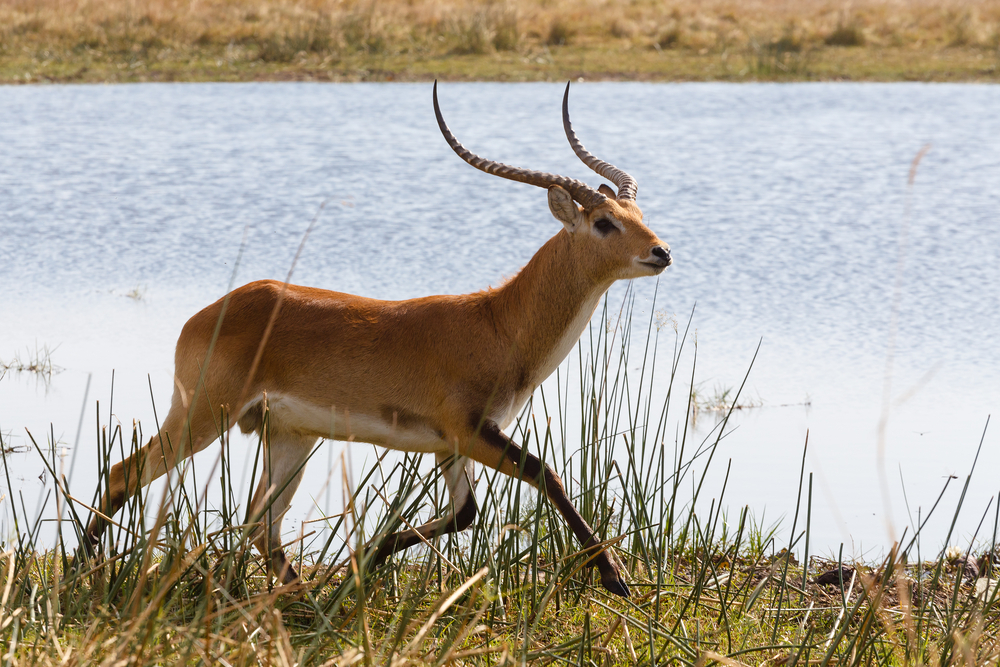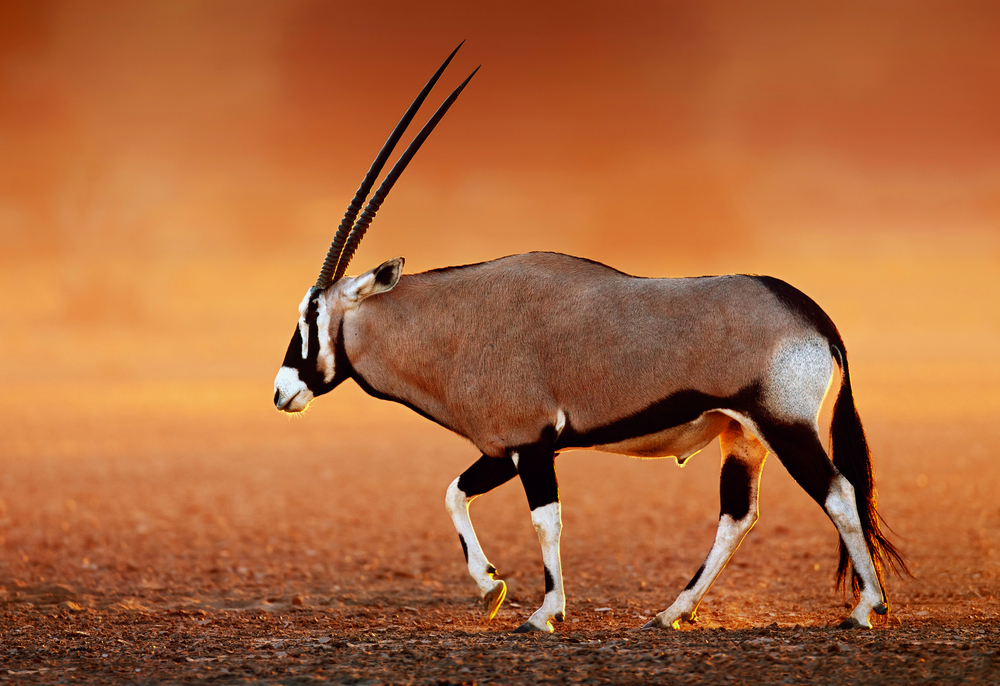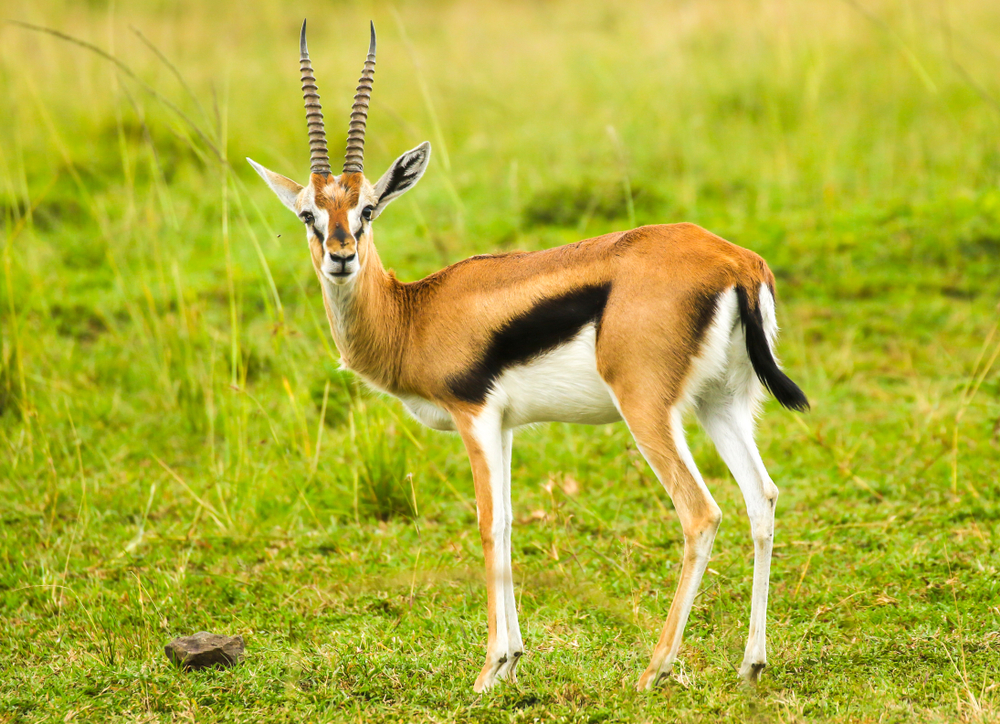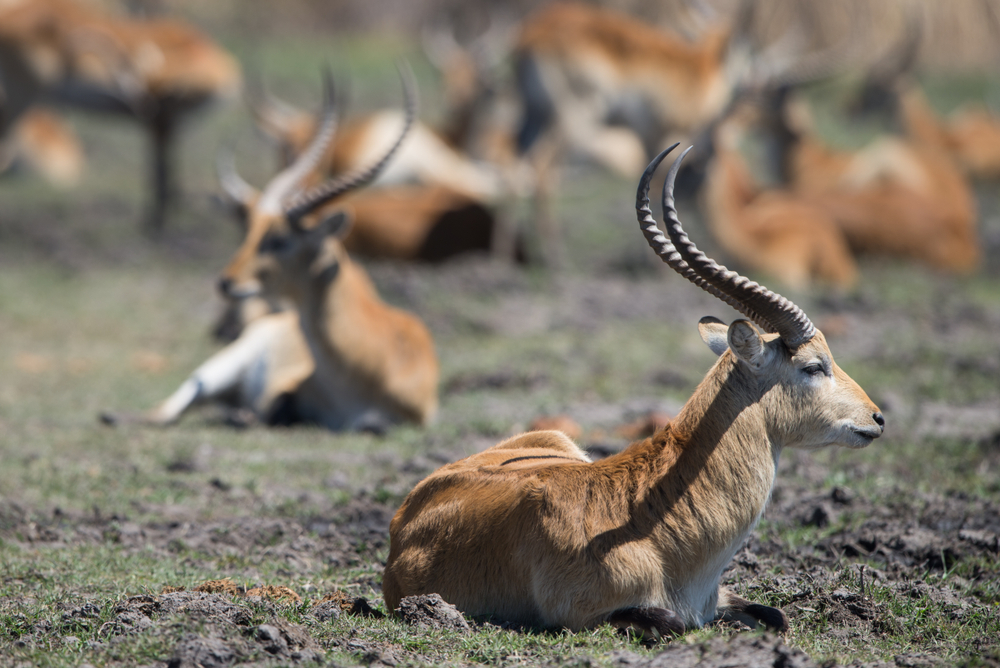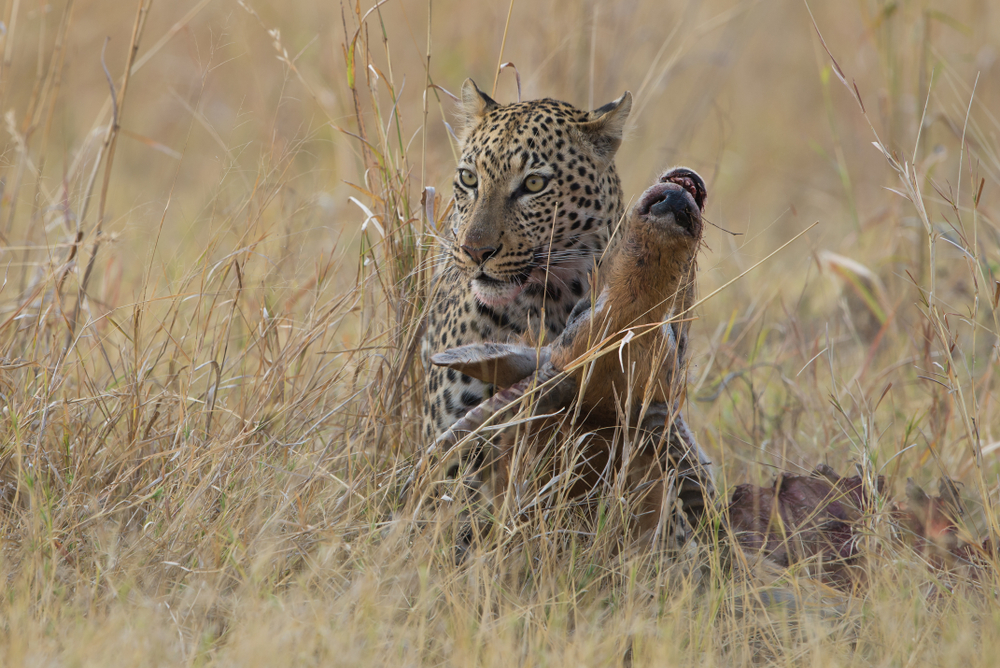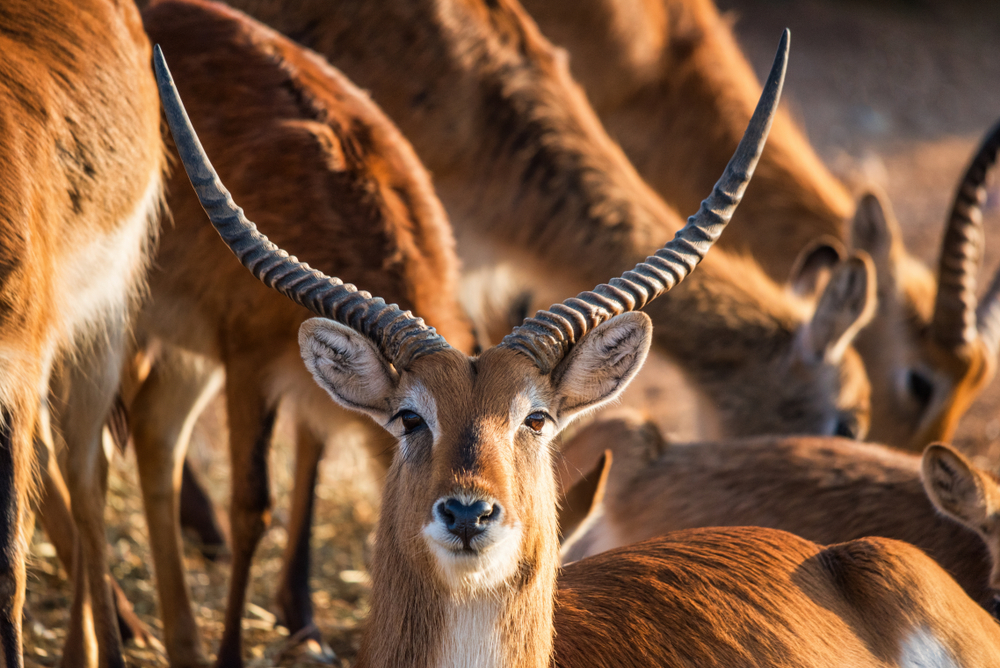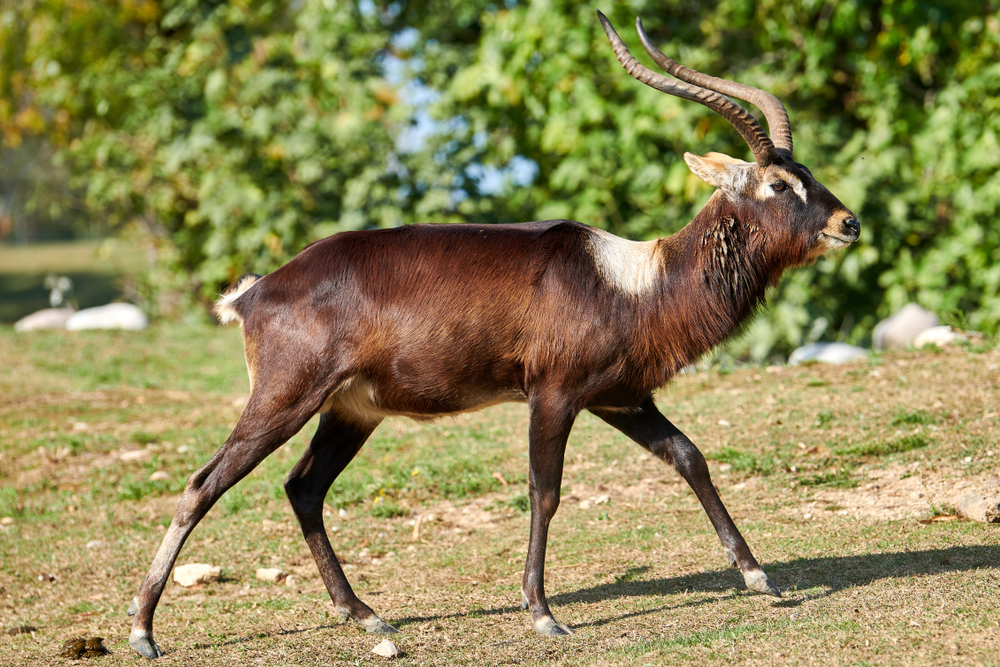Lechwes (Kobus leche) exhibit several distinctive characteristics and adaptations that differentiate them from other antelope species. Here’s a comparison between Lechwes and other antelopes:
Habitat:
- Lechwes are highly specialized for wetland habitats, including floodplains, marshes, and swampy areas. They are semi-aquatic and are often seen wading through water to forage.
- Many other antelope species inhabit a range of terrestrial environments, such as savannas, grasslands, woodlands, and forests.
Physical Characteristics:
- Lechwes have a reddish-brown to chestnut-colored coat with white underbellies, well-suited for camouflage in their wetland habitats.
- Their distinctive lyre-shaped horns, present in both males and females, set them apart from antelope species with different horn structures.
Diet:
- Lechwes are specialized herbivores that primarily feed on aquatic and semi-aquatic vegetation, including grasses, sedges, and reeds found in their watery habitats.
- Other antelope species have diverse dietary preferences, including grazers, browsers, and mixed feeders, with diets based on their respective habitats.
Water Dependency:
- Lechwes are water-dependent herbivores, relying on regular access to freshwater sources not only for drinking but also for feeding.
- While some antelope species may visit water sources for drinking, they are not as reliant on water as Lechwes.
Social Behavior:
- Lechwes are often gregarious and form groups, which provides safety from predators and aids in efficient foraging.
- Many other antelope species also form groups, but the size and dynamics of these groups can vary widely among species.
Reproductive Behavior:
- Lechwes have a distinctive breeding season that coincides with wetland conditions. Males may establish territories during this time, and mating can occur in water.
- Breeding behaviors and seasons vary among different antelope species, and not all antelope have territorial males.
Predators:
- Lechwes face predation from a variety of carnivores, including lions, leopards, hyenas, and Nile crocodiles, which are adapted to their watery habitats.
- Other antelope species face a different set of predators based on their habitats and geographic ranges.
Adaptations to Flooding:
- Lechwes have evolved to cope with seasonal flooding, including giving birth in flooded areas and using their leaping abilities to navigate through waterlogged landscapes.
- Other antelope species are adapted to terrestrial habitats and do not have the same level of adaptation to seasonal flooding.
Overall, Lechwes are highly specialized for their unique wetland environments, with adaptations that make them well-suited to thrive in these water-rich ecosystems. Their distinctive features set them apart from other antelope species, each of which has evolved to excel in its specific ecological niche.






























































